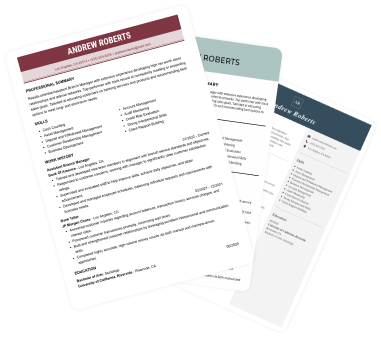Create a professional CV now!
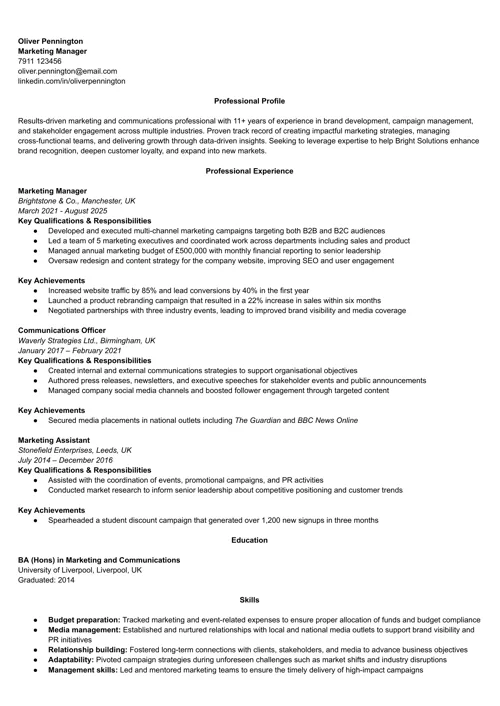 NO
NO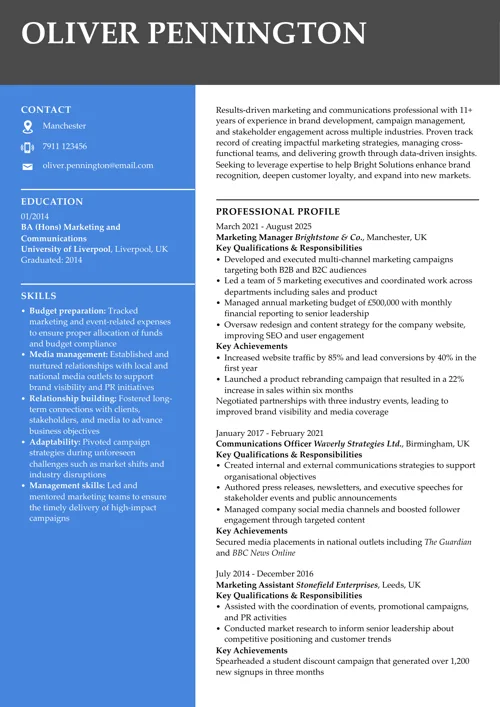 YES
YESLast updated on 29 December, 2025

In today’s UK job market, many roles are filled before they’re ever advertised. Instead of posting vacancies publicly, recruiters often rely on referrals, internal promotions or direct outreach. This is known as the hidden job market.
To access it, job seekers must go beyond applications and embrace networking, outreach, and creative job-hunting strategies. I’ll teach you how to tap into the hidden job market effectively.
Create an effective CV in minutes. Choose a professional CV template and fill in every section of your CV in a flash using ready-made content and expert tips.
Create a professional CV now!
 NO
NO YES
YESWe created the sample on the left using our builder. See other good CV examples like this one.
Looking for a job? These guides can help:
The hidden job market refers to job opportunities that are not publicly advertised – you won’t find them on job boards, recruitment websites, or even company career pages. Instead, these roles are filled quietly through internal promotions, employee referrals, recruiter outreach, or direct inquiries from job seekers.
To fully understand the hidden job market's meaning, here are its key characteristics:
While estimates vary, many hiring professionals agree that a significant portion of vacancies, possibly 30–50%, are filled through hidden channels, depending on the industry and role. This makes tapping into personal and professional networks a powerful complement to applying online.
You may have heard that 70–80% of jobs are never advertised, but this figure is likely exaggerated. However, it’s still true that a big part of the job market never shows up in public listings. That’s why it’s so crucial for job seekers to network, talk to people, reach out to employers directly, and not just rely on online ads.
Now that you’ve discovered the hidden job market’s definition and size, we can move on to the next chapter, where I will show you how to tap into the hidden job market.
Accessing the hidden market requires a proactive mindset: networking, making direct contact with employers, and staying visible within your industry. It takes effort, but the reward is access to roles others may never even hear about.
Here is a list of the best steps you can take to get hired via the hidden job market:
Referrals are one of the most effective and overlooked ways to tap into the hidden job market. In fact, referred candidates are hired at a rate up to five times higher than those applying via traditional job ads.
Why referrals work:
How to get referred, even without close contacts:
Here’s a short message template you can customise:
Hi [Name], I saw you’re working at [Company], and I’m exploring roles in [industry/department]. I admire the work your team is doing – would you be open to referring me or sharing any insight into their hiring needs?
Many companies also offer referral bonuses to their staff, so helping you could benefit them as well.
Forget the outdated advice of “just tell people you’re looking.” To tap into the hidden job market, networking must be intentional:
Reaching out to hiring managers or decision-makers directly can feel daunting, but when done right, it’s incredibly effective. Cold outreach shows initiative and confidence, traits employers value.
Here’s how to make direct outreach work:
To increase the effectiveness of your cold outreach efforts:
Here’s a direct outreach message template you can use:
Hi [Name], I’ve long admired [Company Name]’s approach to ethical branding. With a background in sustainable marketing, I’d love to ask your advice on breaking into this area. Would you be open to a 10-minute chat sometime next week?
Your online presence should quietly signal to recruiters that you’re open to opportunities, without screaming “job seeker”.
Update your LinkedIn headline to reflect expertise, not your unemployment. For example, write “Helping B2B companies grow through data-led content marketing” instead of “Open to work | Seeking new opportunity”.
Share content that demonstrates your professional knowledge, post thoughtful commentary on industry trends, and engage in discussions. The more visible you are for the right reasons, the more likely recruiters are to approach you for unlisted roles.
A strong CV summary will convince the recruiter you’re the perfect candidate. Save time and choose a ready-made personal statement written by career experts and adjust it to your needs in the LiveCareer CV builder.
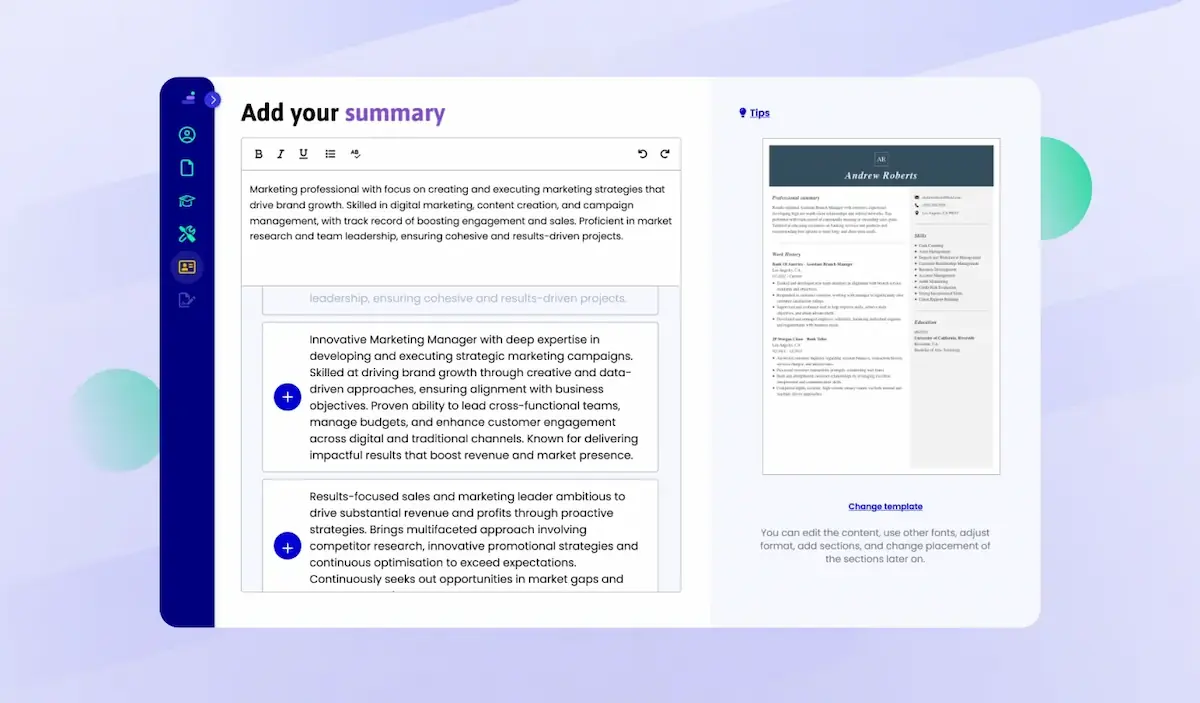
These are not job interviews, but they can lead to them. An informational interview is a 15-to 30-minute conversation with someone working in a role or company you admire. The goal? To learn, not to ask for a job.
You might say something like:
I’m exploring career paths in fintech product management and noticed your transition from UX design was particularly smooth. I’d love to hear how you navigated that change.
This builds rapport, provides you with inside knowledge, and keeps you at the forefront of their mind when opportunities arise.
While LinkedIn is powerful, many sectors have their own hidden corners. For example:
Find out where your industry “lives” online and join the conversation.
Your hidden opportunity might lie with someone you haven’t spoken to in years. Don’t be afraid to rekindle those relationships with a personal message or even a quick update about your professional goals.
Use phrases like: “I’ve been reflecting on my next move in [industry], and your advice would really mean a lot.” Keep the tone warm and genuine. You never know who might know of an unadvertised vacancy.
Large companies often have formal hiring processes, but start-ups and SMEs frequently hire informally. They may not even know they need someone until the right person shows up. Do your research and create a list of 10–20 companies that align with your interests. Reach out with a tailored pitch explaining how you can help solve a specific challenge they face.
Bonus: Smaller teams often appreciate enthusiasm and initiative even more than work experience.
Job fairs and career expos have their place, but industry-specific meetups, panel discussions, and community-led conferences are where real connections are made.
Prepare beforehand for offline networking:
Be the person who asks insightful questions and follows up the next day, not the one who fades into the crowd.
Let’s analyse the top strategies of tapping into the hidden job market and their effectiveness:
By far the most productive channel. In the UK, referred candidates are hired at a rate of roughly 30%, compared to only around 7% for applicants via standard advertisements. In other words, a referral is approximately five times more likely to result in a hire. Not surprisingly, 82% of recruiters say that referrals yield the best return on investment. Referred hires also tend to stay longer (and cost less to recruit) than agency or job-board hires.
Bottom line: tapping friends, family and former colleagues can give you a considerable boost. Let your network know you’re job hunting and ask for introductions.
Sending your CV and perfect cover letter into the void of an organisation (without a specific vacancy) can uncover hidden roles, but success rates are typically modest. There’s no UK statistic, but anecdotal evidence suggests only a few percent of speculative emails get a meaningful reply.
To maximise ROI, keep these approaches highly targeted: research a specific business’s situation and tailor your pitch to show how you’d solve their problem. A generic cover note rarely works. Quality trumps quantity here; one well-crafted speculative email is more effective than dozens of generic ones.
Reaching out cold to people (e.g. DMing hiring managers or alumni you don’t know well) also yields relatively low hit rates, often in the low single digits. However, a warm introduction (even via LinkedIn) can significantly improve success.
If you do a cold message, customise each note (mention a mutual connection or detail) and be concise. Tools like LinkedIn Sales Navigator or simple LinkedIn filters can help target potential leads.
To sum up: referrals > warm intros > cold emails. Focus effort where the return is highest.
The hidden job market is less about luck and more about consistency, curiosity and strategic effort. While it might not yield instant results, approaching your job search with these advanced techniques can uncover opportunities that others miss entirely.
Being proactive, visible and well-connected can open doors you didn’t even know existed – and position you not just as a jobseeker, but as a valuable future colleague.
These articles offer additional valuable insights for your job search:
You don’t have to be a CV writing expert. In the LiveCareer CV builder you’ll find ready-made content for every industry and position, which you can then add with a single click.
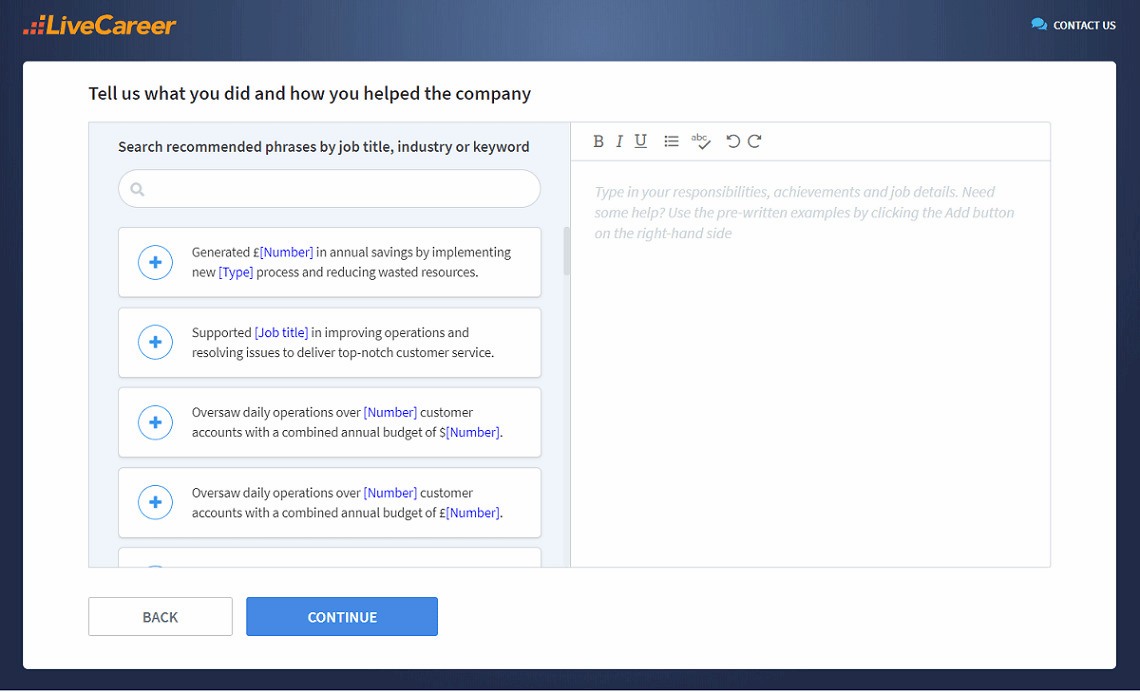
Thanks for reading my article on how to tap into the hidden job market! If you found this guide helpful, be sure to explore our other blog posts for more expert advice on CV and cover letter writing, job interviews and career planning.
Our editorial team has reviewed this article for compliance with LiveCareer’s editorial guidelines. It’s to ensure that our expert advice and recommendations are consistent across all our career guides and align with current CV and cover letter writing standards and trends. We’re trusted by over 10 million job seekers, supporting them on their way to finding their dream job. Each article is preceded by research and scrutiny to ensure our content responds to current market trends and demand.
Category: Career Advice
Crafting a job-winning CV is all about showcasing your unique skills and experiences. Start with a strong personal statement that highlights your career goals and achievements.
Try Our CV Builder Now